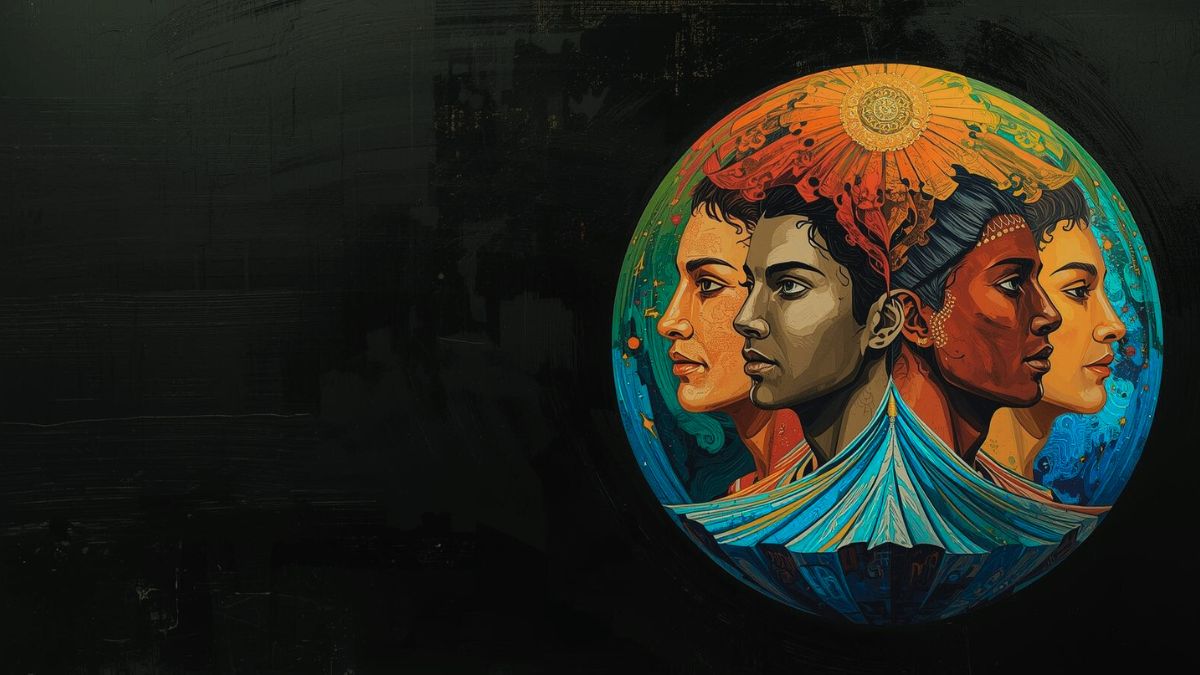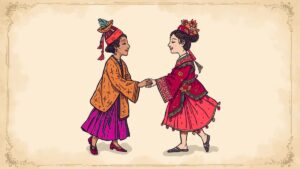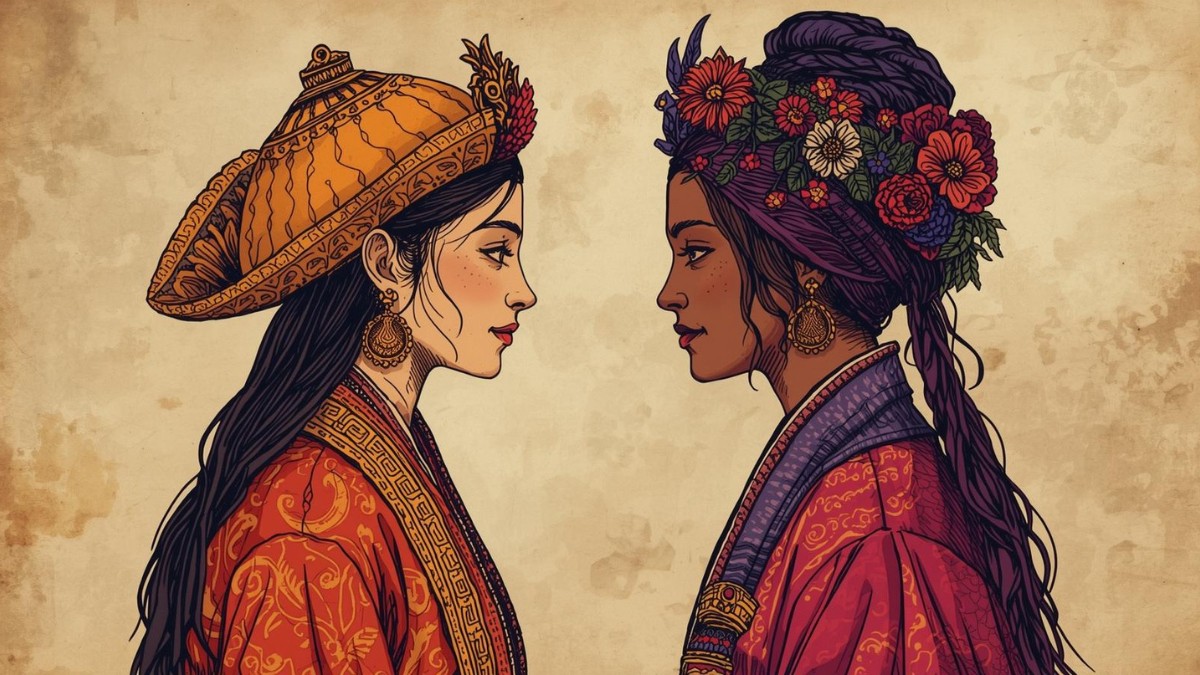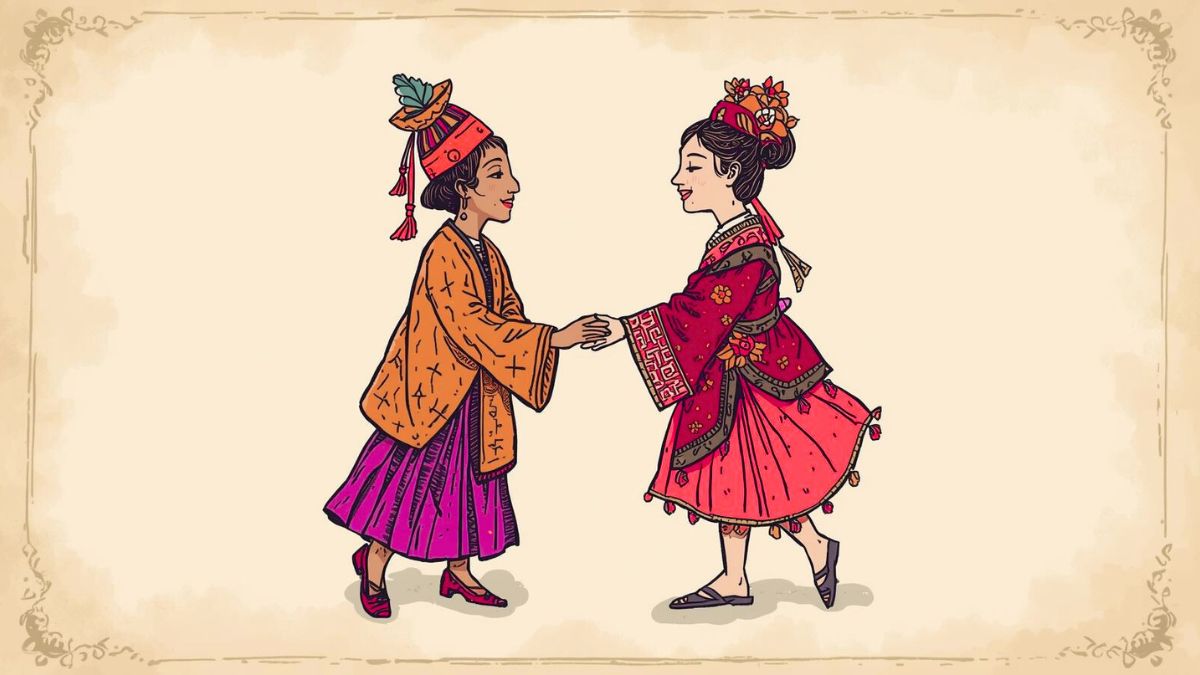“Globalization is an opportunity for humanity to unite — yet it must not come at the cost of our individuality. True progress lies in celebrating our shared humanity while honoring the cultural identities that give each of us our unique voice.”
– Klaus Schwab
The Power of Globalization and Cultural Identity
The power of globalization, a term that has gained significant traction in recent decades, refers to the process by which businesses, technologies, cultures, and ideas spread across the globe, creating a more interconnected and interdependent world. Historically, the power of globalization can be traced back to ancient trade routes, colonial expansions, and the exchange of goods and knowledge. However, it has intensified in the 21st century, driven by rapid advancements in technology, communication, and transportation. These developments have not only accelerated the pace of globalization but also expanded its reach, affecting nearly every aspect of human life.
At its core, the power of globalization is characterized by the flow of information, capital, goods, and people across borders, leading to increased interactions and exchanges among diverse cultures. This phenomenon has led to the emergence of a global economy, where markets are more integrated, and businesses operate on a multinational scale. Additionally, the digital revolution, marked by the rise of the internet and social media, has further amplified the spread of ideas and cultural practices, making the world more interconnected than ever before.
In this context, cultural identity becomes a crucial concept to understand. Cultural identity encompasses the beliefs, values, customs, and symbols that define a group of people and distinguish them from others. It is a dynamic and multifaceted construct that evolves over time and is influenced by a variety of factors, including history, geography, language, religion, and social norms. As the power of globalization brings different cultures into closer contact, it creates opportunities for cultural exchange and enrichment, but it also poses challenges to the preservation of cultural uniqueness and diversity.
Understanding the interplay between the power of globalization and cultural identity is essential in today’s interconnected world. It enables us to appreciate the complexities of cultural interactions and the ways in which globalization can both enhance and threaten cultural identities. By examining this relationship, we can gain insights into the processes of cultural adaptation, hybridization, and resistance, and explore how individuals and communities navigate the global landscape while maintaining their cultural heritage.
The Positive Impacts of Globalization
The power of globalization has brought about significant positive impacts on cultural identities, fostering a milieu of cultural exchange and appreciation. One of the foremost benefits of the power of globalization is the increased accessibility to a plethora of cultural expressions. Today, individuals worldwide can easily experience diverse traditions and practices, ranging from exotic cuisines and eclectic music to avant-garde art and fashion trends. This access has enabled cultures to adapt and incorporate elements from others, resulting in enriched and dynamic cultural identities.
For instance, the culinary landscape in many countries has been transformed by the power of globalization. Sushi, once an exclusive Japanese delicacy, is now a staple in many Western countries. Similarly, American fast-food chains have found their way into the daily diets of people in Asia and Africa. Such cross-cultural culinary exchanges have not only diversified food choices but also fostered greater appreciation and understanding of different cultures.
In the realm of music and art, the power of globalization has led to the fusion of various genres and styles. The rise of K-pop, a global phenomenon originating from South Korea, illustrates how cultural products from one region can captivate audiences worldwide. This phenomenon has opened doors for other non-Western music genres to gain international acclaim, thereby broadening the global cultural repertoire.
Moreover, the power of globalization has played a crucial role in breaking down stereotypes and promoting inclusivity. Exposure to diverse cultures has challenged preconceived notions and fostered a more multicultural society. For example, international festivals and events, such as the Olympics and World Expos, provide platforms for cultural exchange and mutual respect among participants from different backgrounds. These events highlight the richness of cultural diversity and encourage a more inclusive global community.
Studies have shown that the power of globalization can lead to the development of more pluralistic societies. According to a report by the Brookings Institution, the power of globalization has the potential to enhance cultural understanding and cooperation by facilitating interactions among different cultural groups. This interconnectedness helps combat xenophobia and promotes global solidarity.
The Negative Impacts of Globalization
“Globalization is a fact of economic life, but I believe we must not allow it to become a reason for the homogenization of culture.”
– Tadao Ando
Globalization, while fostering interconnectedness and economic growth, poses significant challenges and threats to cultural identities. One of the most prominent issues is cultural homogenization, where dominant cultures, often from economically powerful nations, overshadow local traditions and practices. This phenomenon can lead to a loss of cultural diversity as unique cultural expressions and languages are supplanted by more globally prevalent ones. For instance, the proliferation of Western media and consumer goods has, in many regions, diminished local customs and values.
Another critical concern is cultural appropriation, where elements of a minority culture are taken out of context and commodified by a dominant culture, often without proper acknowledgment or respect. This can lead to the trivialization of cultural symbols and practices, stripping them of their original significance. An example of this is the fashion industry’s adoption of indigenous patterns and designs without due credit to their origins, which not only disrespects the source culture but also undermines its economic potential.
Economic globalization can exacerbate these issues by creating power imbalances that favor certain cultures over others. The dominance of multinational corporations can marginalize local businesses and cultural products, leading to a homogenized global culture that prioritizes profit over cultural preservation. This economic disparity often results in the erosion of traditional lifestyles and crafts, as seen in various indigenous communities worldwide, where local artisans struggle to compete with mass-produced goods.
Real-world examples highlight the adverse impacts of globalization on cultural identities. For instance, the spread of fast food chains has not only altered dietary habits but also impacted traditional culinary practices and social customs in many countries. Similarly, the global dominance of English has endangered numerous indigenous languages, with some on the brink of extinction. According to a study by the United Nations Educational, Scientific and Cultural Organization (UNESCO), a language dies every two weeks, illustrating the severe threat to linguistic diversity posed by globalization.
For further insights, readers can explore research by UNESCO on protecting cultural heritage and case studies on the impact of globalization on indigenous cultures.
Preserving Cultural Identity in a Globalized World
“Globalization is making the world smaller and more interconnected, but it is our responsibility to maintain and celebrate the cultural differences that enrich our societies.”
– Ban Ki-moon
In the rapidly evolving landscape of globalization, preserving cultural identity has become a significant challenge for individuals, communities, and nations. To navigate this balance, a multifaceted approach is essential. One of the foremost strategies is the emphasis on cultural education and awareness. Educational institutions play a pivotal role in imparting knowledge about cultural heritage, traditions, and languages. By integrating cultural studies into the curriculum, schools and universities can ensure that younger generations remain connected to their roots.
Community-driven initiatives are equally important. Local festivals, cultural events, and traditional practices not only foster a sense of belonging but also serve as a platform for cultural expression and exchange. Communities can also leverage technology and social media to promote cultural pride and connect with diaspora members. Platforms like Facebook, Instagram, and YouTube offer unparalleled opportunities to share cultural narratives, traditions, and stories, thereby strengthening cultural ties across borders.
At the national and international levels, policies and initiatives supporting cultural preservation are crucial. Governments can enact laws to protect cultural heritage sites, fund cultural projects, and support artisans and cultural practitioners. International organizations, such as UNESCO, play a significant role in this regard by designating World Heritage Sites and promoting cultural diversity through various programs. For instance, UNESCO’s Intangible Cultural Heritage List includes traditions, rituals, and practices that are vital to cultural identity, encouraging their preservation and transmission.
Successful cultural preservation efforts provide valuable insights. For example, the Maori people of New Zealand have effectively utilized both traditional methods and modern technology to safeguard their culture. The revival of the Maori language through educational programs and digital platforms exemplifies how cultural preservation can be achieved. Replicating such models requires a commitment to cultural education, community involvement, and supportive policies.
For those interested in contributing to or learning more about cultural preservation, numerous organizations offer resources and support. The International Council on Monuments and Sites (ICOMOS) and the Smithsonian Center for Folklife and Cultural Heritage are excellent starting points. By adopting a comprehensive approach that combines education, community initiatives, supportive policies, and technology, we can ensure that cultural identities continue to thrive in a globalized world.
Final Thoughts on The Power of Globalization
The power of globalization has reshaped cultural identities in profound ways, offering both opportunities and challenges. As cultures become more interconnected, the fusion of traditions, values, and practices creates dynamic cultural landscapes. While some fear the loss of traditional identities, the power of globalization also enables cultural exchange, understanding, and the evolution of new hybrid identities. Moving forward, it is essential to embrace the positive impacts of globalization while finding ways to preserve and celebrate cultural diversity, ensuring that the unique essence of each culture is respected in this interconnected world.
The power of globalization continues to shape our world in remarkable ways. Share this article with your network and inspire others to explore how globalization is transforming cultural identities. Let’s start the conversation and celebrate the beauty of diverse cultures coming together!
















